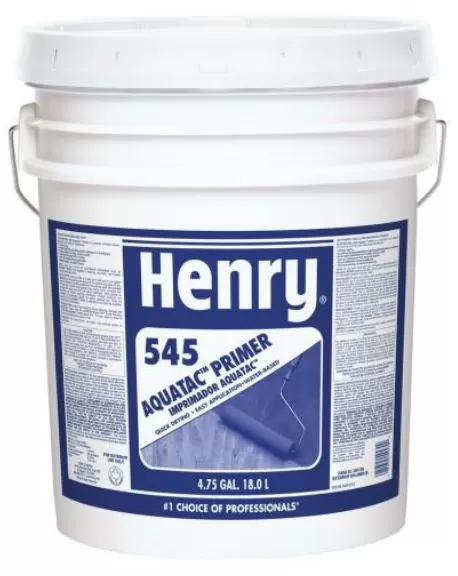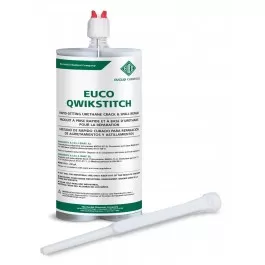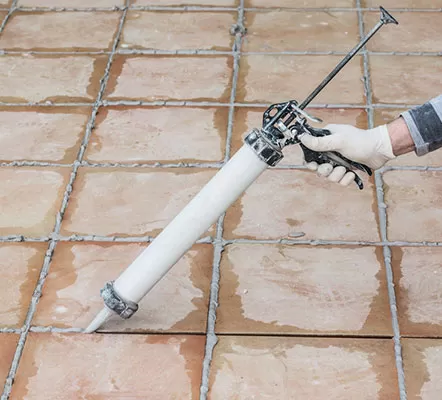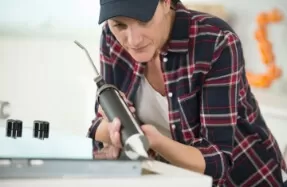Blog
A Guide To Concrete Resurfacing
Concrete resurfacing involves repairing existing concrete structures, such as driveways, patios, sidewalks, and even floors. This guide will provide some helpful tips on choosing the proper method of concrete resurfacing for your needs. You’ll learn about the basics of selecting suitable materials and the application techniques that are best suited to different types of jobs. By the end of this guide, you’ll have the information you need to know when it comes to concrete resurfacing!
What Is Concrete Resurfacing?
Concrete resurfacing, also called acid staining, is an effective way to give your concrete flooring or patio an entirely new look, without having to replace it. This process restores the original color of the concrete by removing the outer layer of the material, leaving its core exposed, to reveal new coloring underneath.
What Does Concrete Resurfacing Entail?
A concrete resurfacing job essentially involves covering an existing surface with a new layer of concrete. It’s not very different from building something from scratch, but it can be much quicker and more cost-effective than starting anew, because you’re working on an existing surface. A new layer of concrete can also protect an older layer that may otherwise fall victim to wear and tear over time. By resurfacing your existing concrete, you get all these benefits while minimizing any disruption to your environment, and at an affordable cost. If you’re looking for a low-cost solution to extend the life of your home or business’s exterior, look into how it can be done with concrete resurfacing products.
What Is a Concrete Resurfacer Made of?
Concrete resurfacer is a coating made from cement, stone, and water. It is applied to a finished concrete surface to make it look like natural rock or brickwork. The materials used in resurfacers include limestone, silica, calcite, quartzite, and granite chips. Natural organic materials such as walnut shells and poppy seeds are also sometimes used. Most modern concrete resurfacers are colored by adding dye or pigment that gives it a specific look and feel, while some may also contain recycled glass for increased toughness and durability. Others may also contain additives such as fungicides for better performance over time and under different weather conditions.
Should You Replace or Resurface?
If you have concrete surfaces in your home that are cracked, crumbling, or otherwise damaged, it can be tempting to consider replacing them. The thing is, repairing or resurfacing is often the better choice. Firstly, resurfacing is less expensive than replacing concrete. Secondly, most concrete problems can be fixed without removing all your existing concrete surfaces. That means there’s no need for demolition or hauling out debris, which saves time and money. A good contractor will assess your current structure and suggest ways of repairing it, so it looks as good as new. As with any renovation project, you should know what you want before approaching contractors for quotes.
When it comes to concrete resurfacing, there’s nothing you can’t do. Concrete is everywhere; it’s inexpensive and easy to replace. That makes concrete one of the most versatile building materials around. Whether you’re replacing worn-out concrete on your driveway or adding texture for some color, concrete resurfacing is an easy DIY project that won’t cost you much time or money!




